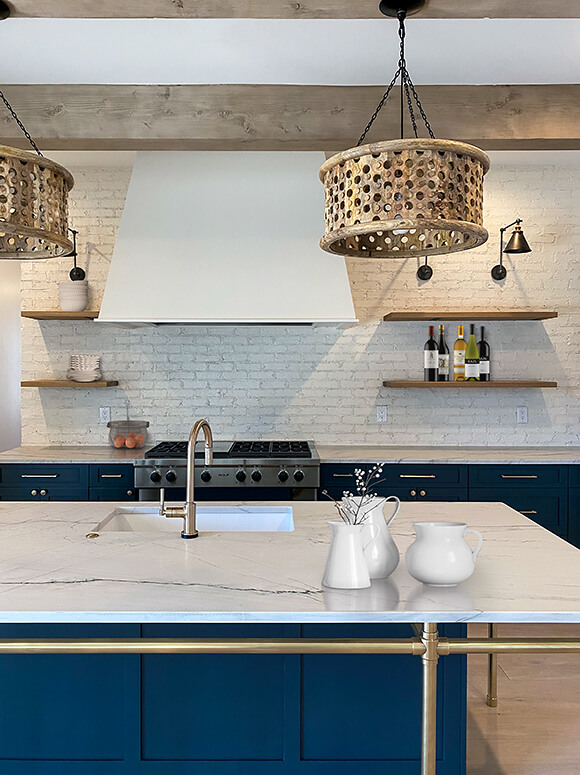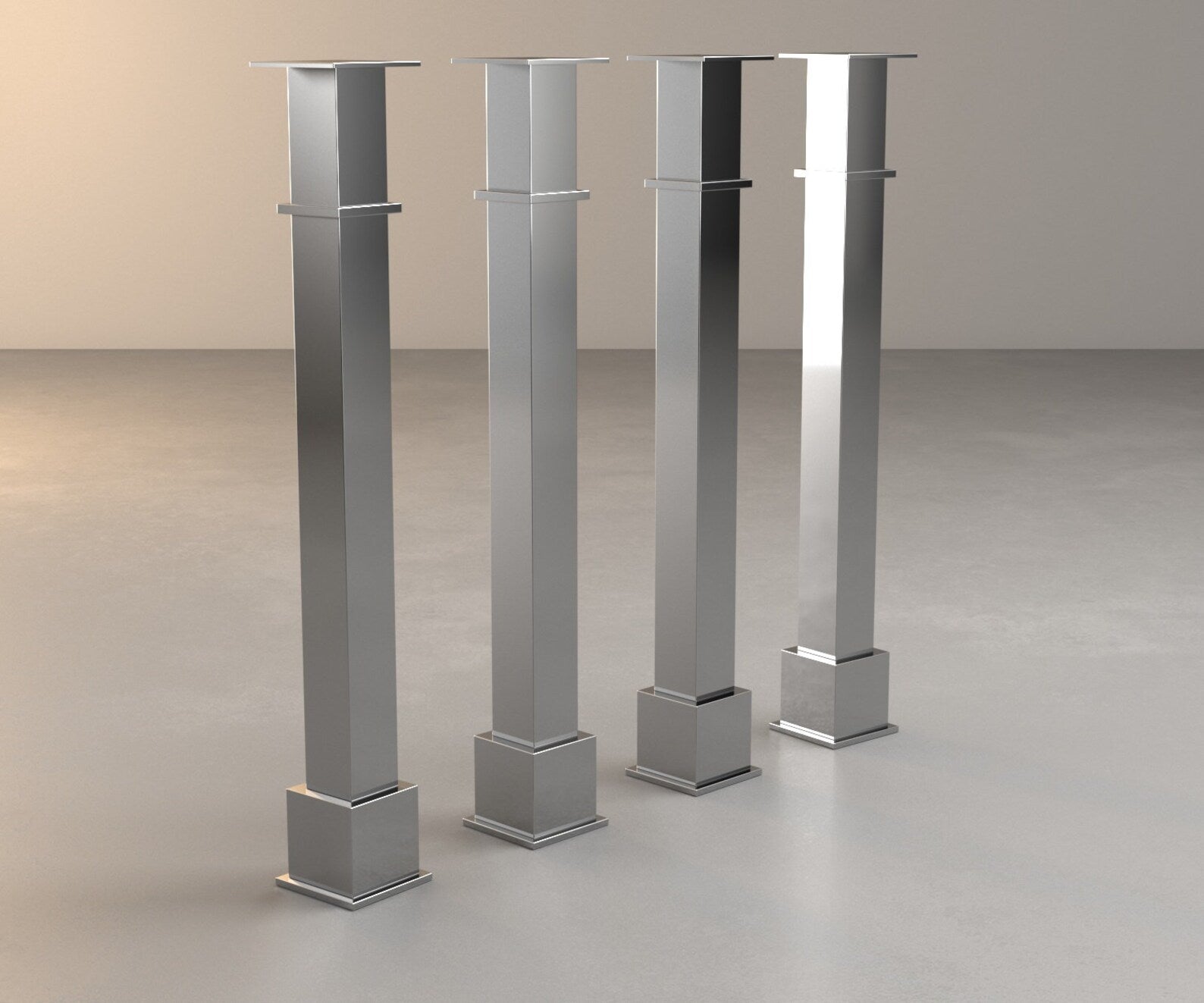Depend On Professional Workmanship for Tailored Legs For Kitchen Island Concepts
Depend On Professional Workmanship for Tailored Legs For Kitchen Island Concepts
Blog Article
Important Elements to Consider When Choosing Legs For Kitchen Island
Choosing the suitable legs for a kitchen island entails a cautious evaluation of numerous elements that can substantially influence both performance and visual charm. As we explore these aspects, it becomes clear that each decision can have far-reaching ramifications for the total kitchen area experience.
Material Options
When selecting legs for a kitchen island, comprehending the various product choices is crucial for accomplishing both aesthetic charm and structural stability (Legs For Kitchen Island). The option of product substantially influences not only the toughness of the island however also its total style and capability
Timber is a prominent choice, offering heat and versatility. Solid woods, such as oak or maple, give strength and can be stained or repainted to match the cooking area style. Steel legs, typically made from stainless steel or wrought iron, add a commercial and modern feel while guaranteeing durability and security. These materials are resistant to use and can sustain significant weight, making them suitable for bigger islands.
One more choice is crafted materials, like MDF or plywood, which can be a lot more cost-efficient while still using a variety of finishes. They may not supply the exact same degree of security as strong wood or steel. Legs For Kitchen Island. Last but not least, products such as acrylic or glass can produce a modern appearance, though they may call for additional assistance to make sure stability.
Inevitably, the option of material for kitchen island legs need to align with the wanted performance and the total theme of the cooking area.
Style and Design

When taking into consideration style, the shape and finish of the legs are essential. Conical legs can provide a feeling of lightness and elegance, while thicker, extra durable legs can communicate toughness and stability. Additionally, the surface-- be it repainted, tarnished, or all-natural-- need to complement the cabinetry and counter top products to produce a unified look.
Furthermore, the layout of the legs can likewise reflect individual preference. Custom or decorative legs, such as those featuring detailed carvings or unique geometric forms, can work as centerpieces, including personality and personality to the kitchen. Inevitably, the ideal selection will not just improve performance however additionally boost the aesthetic allure, making the kitchen area island a standout attribute of the home.
Elevation Considerations
Picking the ideal elevation for cooking area island legs is essential, as it directly influences both performance and convenience. The common elevation for a cooking area island commonly ranges from 36 to 42 inches, lining up with usual kitchen counter elevations.

It is additionally vital to make up users' preferences and elevations. Customizing the height can ensure a comfortable experience for all household members, making the kitchen island a much more satisfying and functional area.
Weight Assistance
Making certain adequate weight assistance for kitchen area island legs is crucial for both safety and performance. The cooking area island usually serves several functions, including food preparation, dining, and added storage, requiring a robust assistance framework. When picking legs, it is essential to think about the overall weight ability needed based on the island's meant use and the products that will be positioned on it.
The selection of material for the legs plays a significant function in their weight-bearing capabilities. Strong wood, steel, and sturdy compounds usually offer superior strength compared to lighter materials. Additionally, the style of the legs-- whether they are straight, tapered, or have a pedestal form-- can affect their ability to disperse weight successfully across the framework.
Constantly speak with the supplier's requirements pertaining to load restrictions to make sure that the legs can maintain the intended weight without compromising safety and security. In recap, picking cooking area island legs with adequate weight support is necessary for creating a secure and functional cooking area.
Setup and Maintenance
Proper installment and see upkeep of cooking area island legs are vital for making sure longevity and stability. This commonly involves safeguarding the legs to the island base making use of ideal fasteners, guaranteeing that the legs are level and straightened.
As soon as set up, regular maintenance is necessary to maintain the honesty and look of the legs - Legs For Kitchen Island. For wooden legs, periodic cleaning with a damp towel and application of suitable wood polish can stop moisture damage and keep their coating. Metal legs may require a gentle cleaning service to get rid of grease and gunk, complied with like it by a completely dry cloth to stop corrosion development
Additionally, check the legs regularly for indicators of wear or damage, such as cracks or loosened joints. Tightening screws or bolts as needed can likewise extend the life expectancy of the legs. By sticking to these installation and maintenance methods, home owners can make sure that their kitchen island continues to be strong and aesthetically appealing look at this website for many years ahead.
Conclusion

Aesthetic coherence is vital in choosing the design and style of legs for a cooking area island, as these aspects substantially influence the overall setting of the room. Conical legs can supply a sense of agility and beauty, while thicker, more durable legs can communicate toughness and stability.Picking the ideal elevation for cooking area island legs is vital, as it straight affects both functionality and comfort. In recap, selecting cooking area island legs with sufficient weight assistance is necessary for developing a safe and useful cooking space.
In conclusion, choosing legs for a cooking area island demands cautious factor to consider of various variables, consisting of product alternatives, design, elevation, weight assistance, and installation.
Report this page